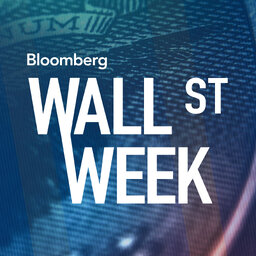Bloomberg Wall Street Week - April 19th, 2024
On this edition of Wall Street Week, Centerview Partners Senior Counselor Richard Haass tells investors to fasten their seatbelts in dealing with geopolitics. PGIM Real Estate Co-CEO Cathy Marcus says that doom and gloom around commercial real estate is overblown. Willett Advisors Chairman and CEO Steve Rattner looks at why US automakers approached electric vehicles with so much exuberance, and Aperture Investors Chairman and CEO Peter Kraus sees opportunities to buy even amid high valuations.
 Wall Street Week
Wall Street Week


